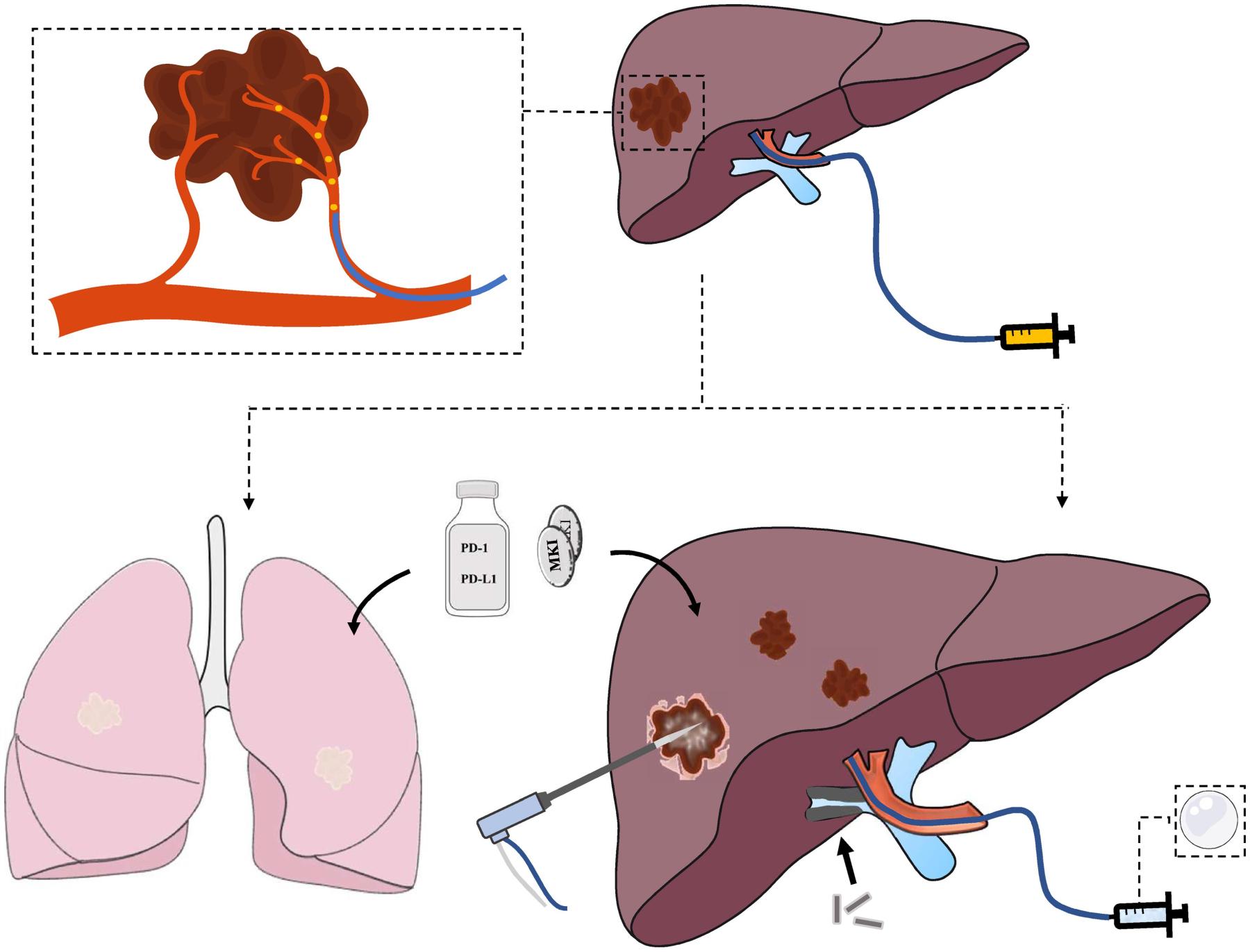Transarterial Radioembolization (TARE) in India: A Comprehensive Guide to Procedure, Cost, and Benefits
Introduction:
Transarterial Radioembolization (TARE) is an advanced and minimally invasive treatment option used for liver tumors. This procedure involves the delivery of tiny radioactive particles directly into the blood vessels that supply the tumor, effectively targeting and destroying cancerous cells. In this blog post, we will provide a comprehensive overview of TARE, including the procedure, cost, and its availability in India. Whether you are a patient or a healthcare professional, this guide will help you understand the significance of TARE in liver tumor treatment.
What is Transarterial Radioembolization (TARE) Treatment?
Transarterial Radioembolization (TARE) Treatment: Transarterial Radioembolization (TARE) is a minimally invasive procedure performed by interventional radiologists to treat liver tumors, including primary liver cancer or metastatic tumors that have spread to the liver. During the procedure, a catheter is inserted into the artery that supplies blood to the liver tumors. Tiny radioactive microspheres, called radioembolic particles, are then injected through the catheter. These particles deliver targeted radiation to the tumor, damaging its cells and preventing further growth.

Benefits of Transarterial Radioembolization (TARE) Treatment
Targeted treatment: TARE delivers radiation directly to the tumor site, minimizing damage to healthy liver tissue.
Minimally invasive: The procedure is minimally invasive, reducing the risk of complications and allowing for a faster recovery compared to traditional surgical approaches.
TARE Surgery Cost in India
The cost of TARE treatment in India can vary based on several factors, including:
Hospital and treatment center: The reputation, location, and facilities of the hospital or treatment center can influence the cost.
Number and size of tumors: The extent of the tumor burden and the complexity of the case can affect the overall cost of TARE treatment.
Additional procedures or tests: If additional procedures or diagnostic tests are necessary before or after TARE, they may add to the overall cost.
Conclusion: Transarterial Radioembolization (TARE) is a valuable treatment option for liver tumors, offering targeted radiation therapy with minimal invasiveness. By understanding the procedure, potential benefits, and cost factors, you can make an informed decision and explore TARE as a treatment option for liver tumors in India.
What types of liver tumors can be treated with Transarterial Radioembolization (TARE)?
TARE is used to treat both primary liver cancer and metastatic tumors that have spread to the liver.
Is Transarterial Radioembolization (TARE) a curative treatment for liver tumors?
TARE is primarily used as a palliative treatment to shrink tumors, control their growth, and improve patient outcomes.
How long does a Transarterial Radioembolization (TARE) procedure typically take?
The duration of a TARE procedure can vary but generally takes a few hours, including preparation and recovery time.
Are there any side effects associated with Transarterial Radioembolization (TARE)?
Common side effects of TARE may include fatigue, mild pain, and nausea, which are typically manageable and temporary.
Can Transarterial Radioembolization (TARE) be repeated if needed?
TARE can be repeated if necessary to further target and treat liver tumors, depending on the individual patient's response and condition.
We are associated with experienced and highly skilled medical professionals. We use the latest medical technology available in the world and we provide medical services in collaboration with JCI & NABH Certified hospitals only. Our services include various types of treatment and organ restructuring and transplant.
